Leire Martínez, a recent Bachelor of Fine Arts in Digital Art and Animation graduate from DigiPen, took her third-year project Trott beyond the classroom and obtained recognition at prestigious international festivals such as Giffoni Film Festival and Cannes. The short film, which started as an academic project has now crossed borders, outlining her emerging talent in 3D animation.
Since I was a child, I have always loved video games and drawing. That is what motivated me to study the BFA at DigiPen four years ago.
Last July, Leire was invited to the Giffoni Film Festival, near Naples, to watch Trott make its big screen debut after being nominated in the competition.
The story follows Trott, a traveling turtle who faces a path full of obstacles, accumulating objects in his backpack with every step. As the backpack grows heavier, moving forward becomes increasingly difficult until Trott reaches a cliff where he must decide whether to let go of the burden to save himself or fall along with it.
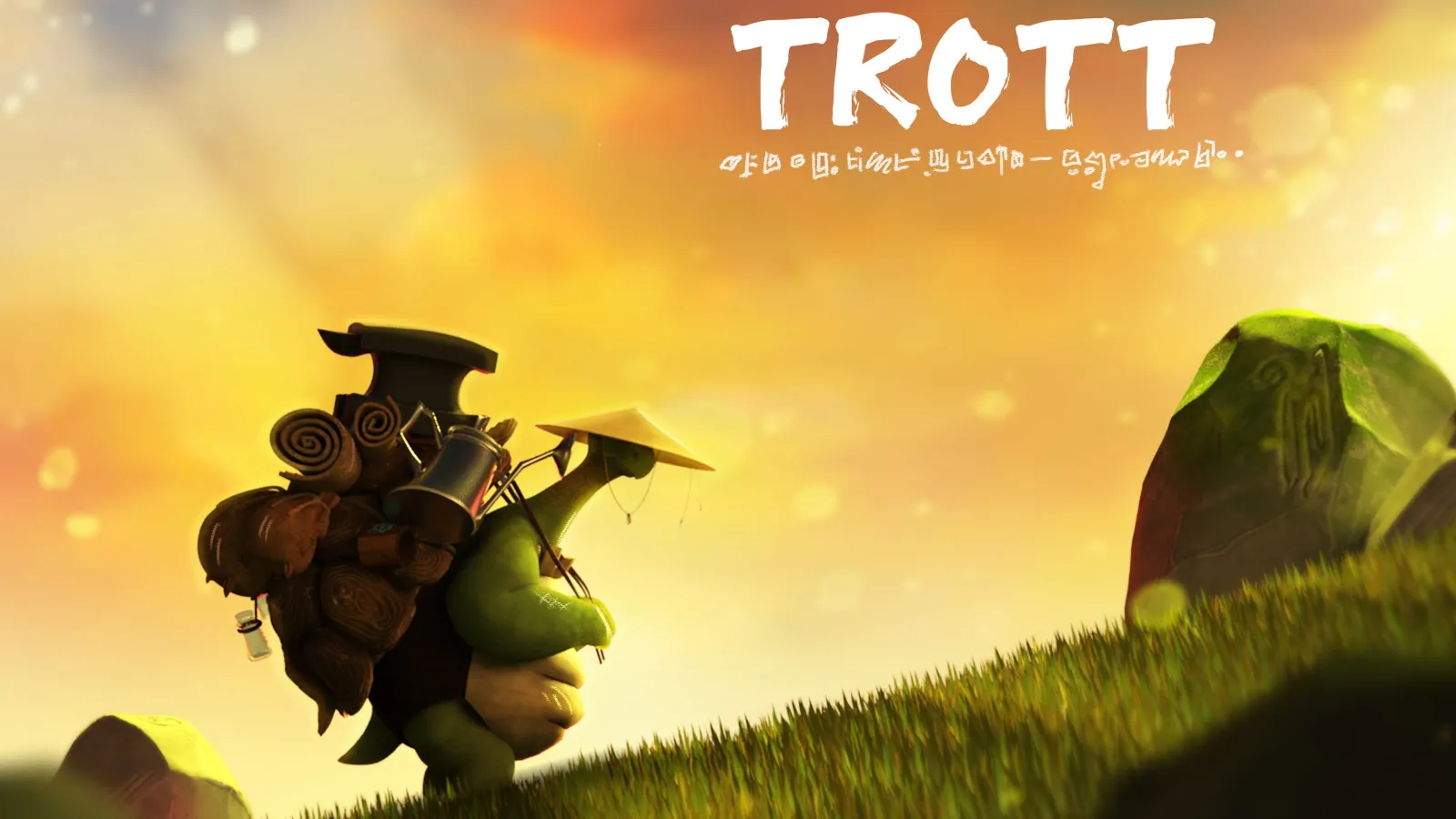
The metaphor represents the ‘I can do it’ mindset, where we take on more responsibilities than we can handle, always believing that we can do it all.
For Leire, Trott was more than a class project: it was a way to express —and remind herself— that letting go is key to moving forward.
Trott’s success extended beyond its participation at Giffoni:
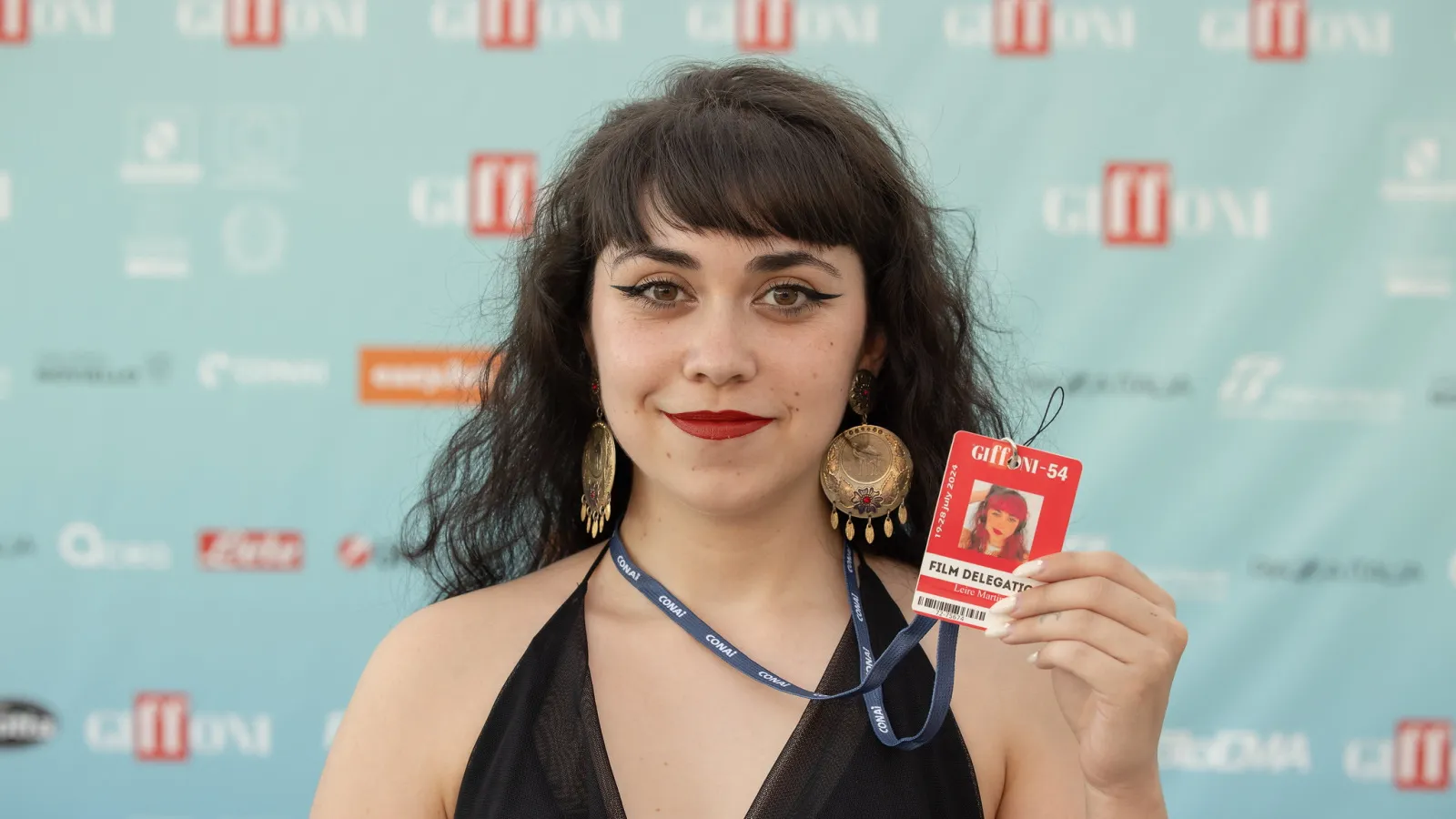
Creative Process and Technical Tools
Creating a 3D short film requires dividing the process into several phases, from initial conceptualization to final post-production. One of the main challenges is organizing the work by “shots” in which the film is divided. Each shot must be animated, lit, and rendered independently.
Here’s a breakdown of each technical phase that Leire went through in the creation of her short film, Trott:
1. Conceptualization
Before starting, it’s essential to know exactly what you want to create, down to the smallest detail. Storyboards help plan the story and each shot.
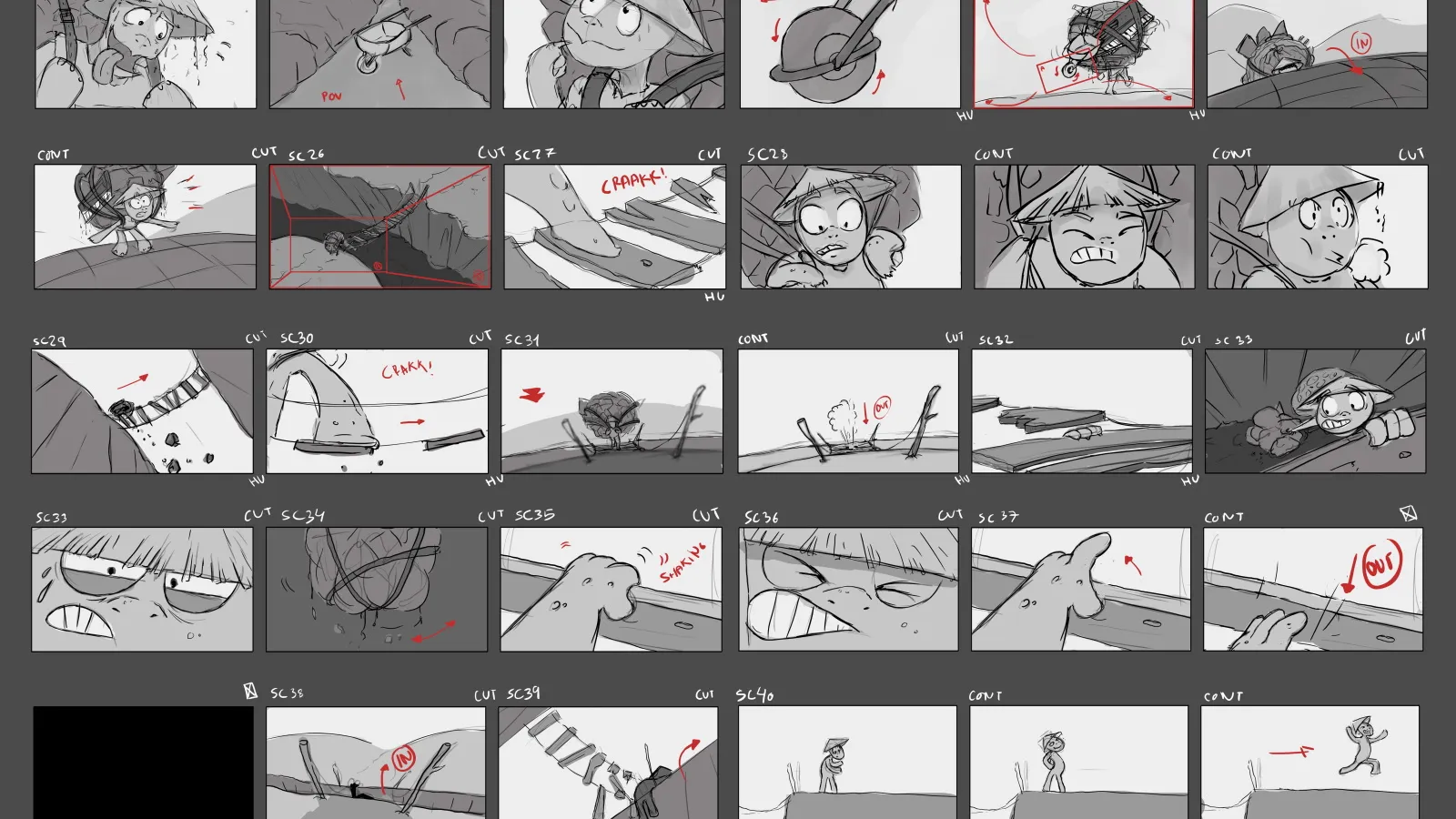
2. Concept Art ![]()
Once the idea is clear, it’s time to design sketches by hand and/or in digital tools like Photoshop, which are both key to defining the aesthetic direction the film will take.
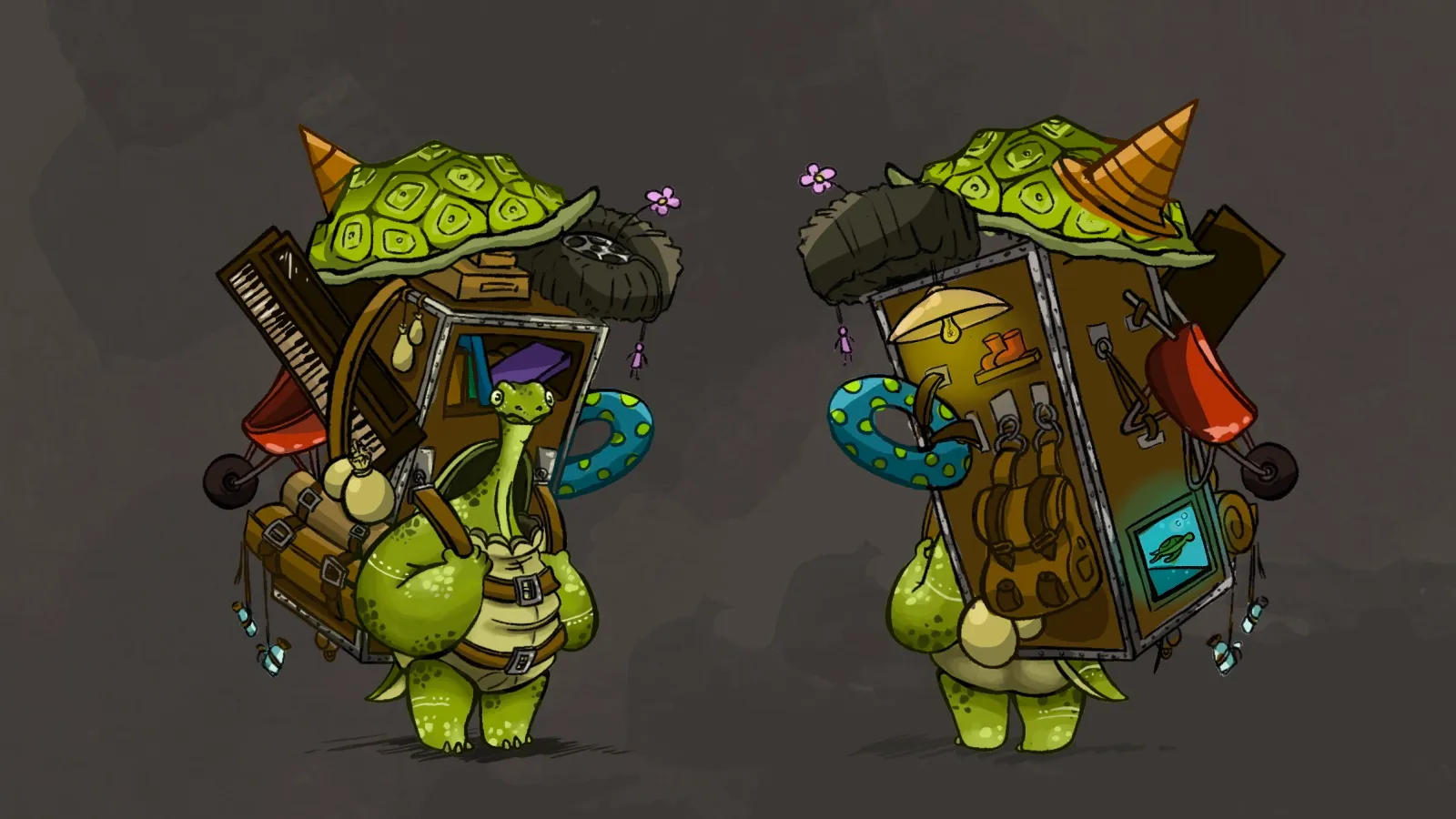
3. 3D Modeling ![]()
![]()
From here, most of the work is developed in 3D Max, a key tool for 3D modeling. This step involves creating the main three-dimensional geometric shapes and defining the structure of the models.
Trott involved numerous models, including the turtle, the empty backpack, the half-filled backpack, the fully loaded backpack, the bridge, each objects, the grass, and more.
Additionally, ZBrush is an efficient tool for modeling organic and detailed elements.
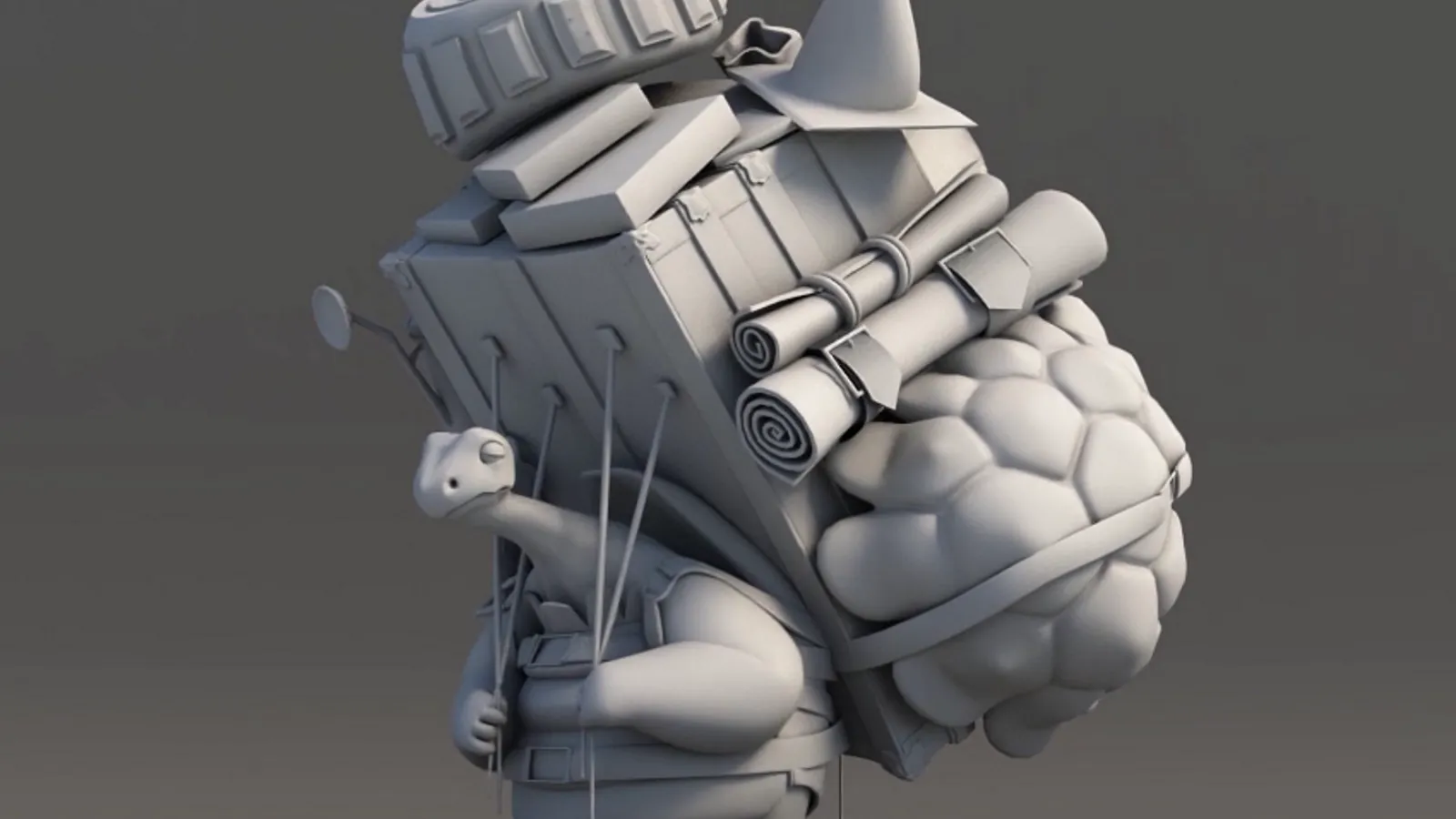
4. UV Mapping
This process involves “unfolding” 3D objects into flat surfaces for accurate painting and texturing.
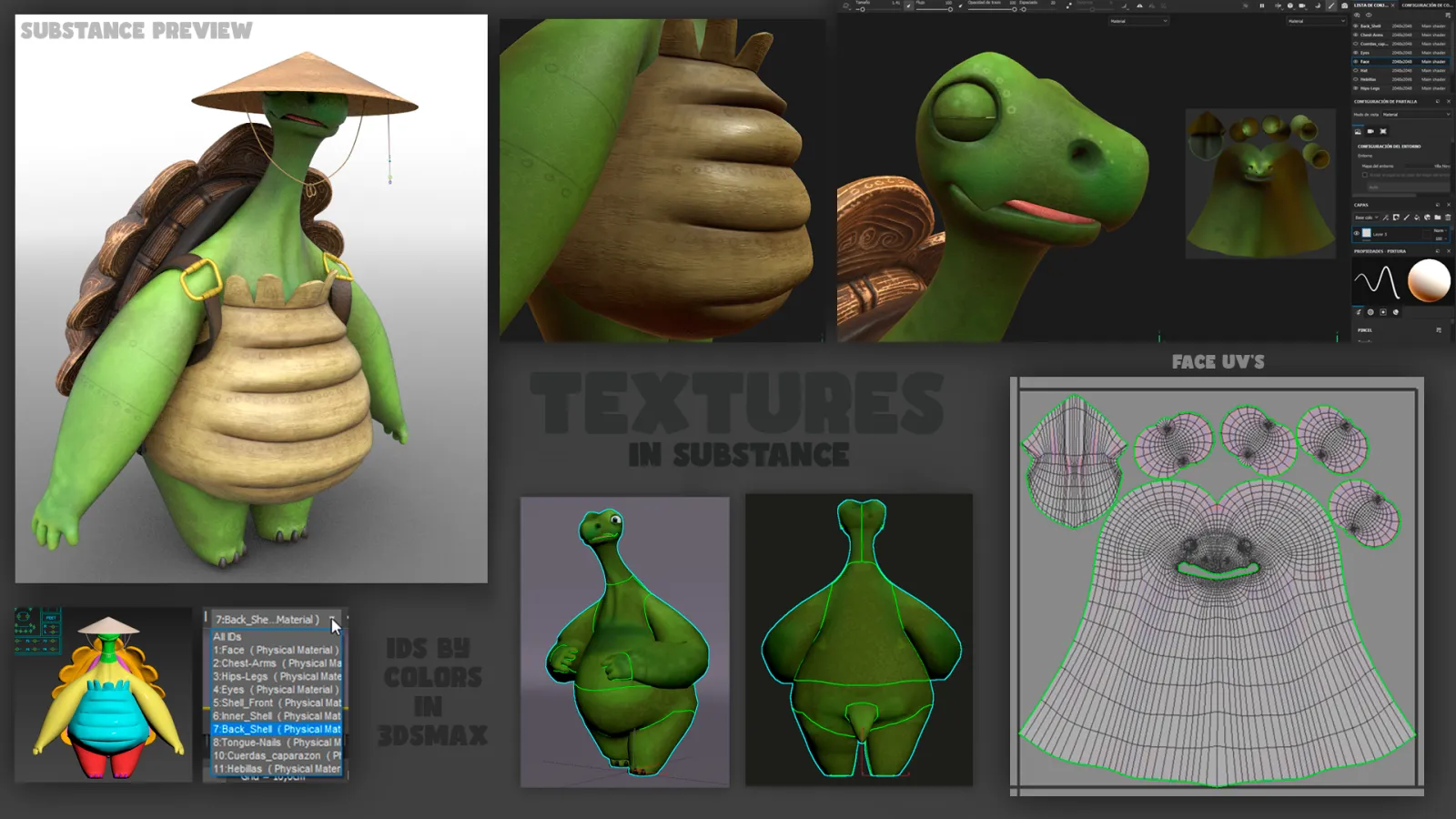
5. Texturing ![]()
Once the character is fully modeled, a program named Substance starts the texturing process. This is where the model surfaces are brought to life with details, colors, and patterns.

6. Rigging
One of the most technical parts of the process, rigging brings Trott and the other objects to life. Essentially, a whole skeleton is built to allow the characters to move naturally through different controls.
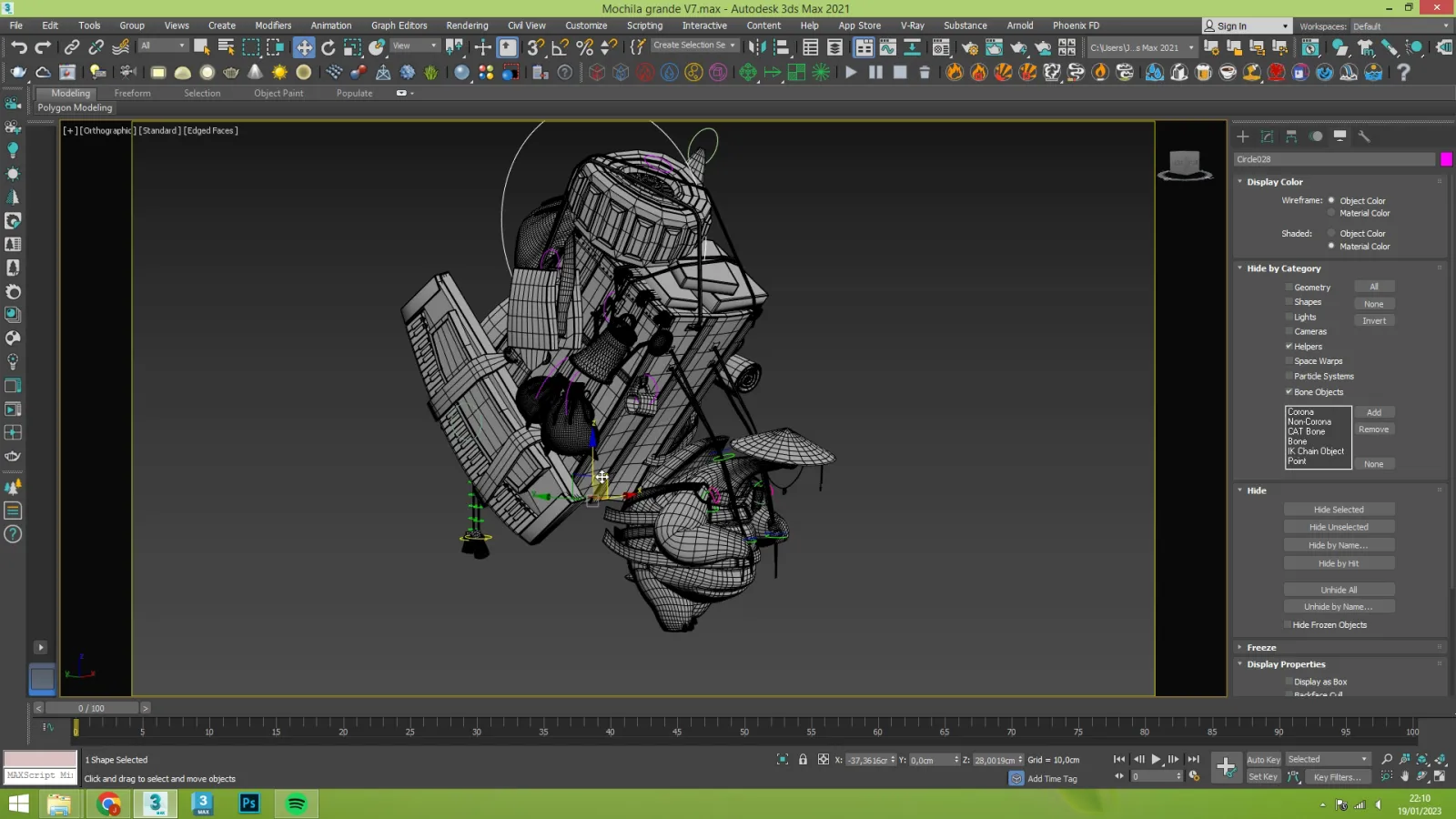
In addition to the characters, Leire had to create separate skeletons for various objects, such as the bridge, which reacted dynamically when the character crossed it, or the backpack.
7. Animating
During this stage, both characters and objects are animated using the rig controls to define movements, facial expressions, and gestures, frame by frame, or using motion capture where applicable.
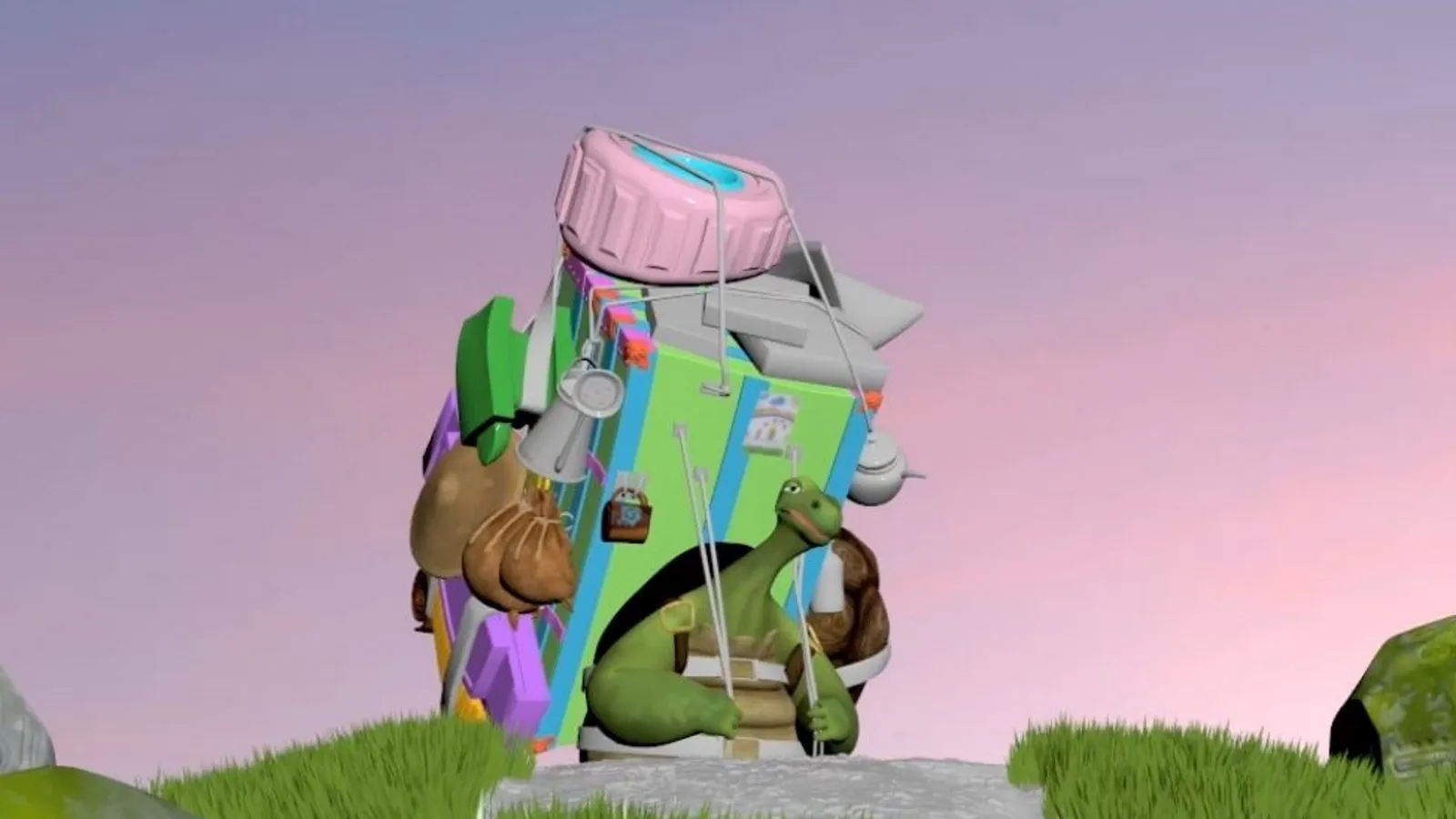
8. Lighting
Lighting the scenes effectively is essential to give them realism, emotion, and depth. Leire had to learn how to manage lighting efficiently, using it not only to highlight the environment but also to capture the atmosphere and emotions of Trott’s journey.

9. Rendering
Once all elements are in place, the rendering phase begins. Here, each shot is processed individually to create the final images that will appear in the video.
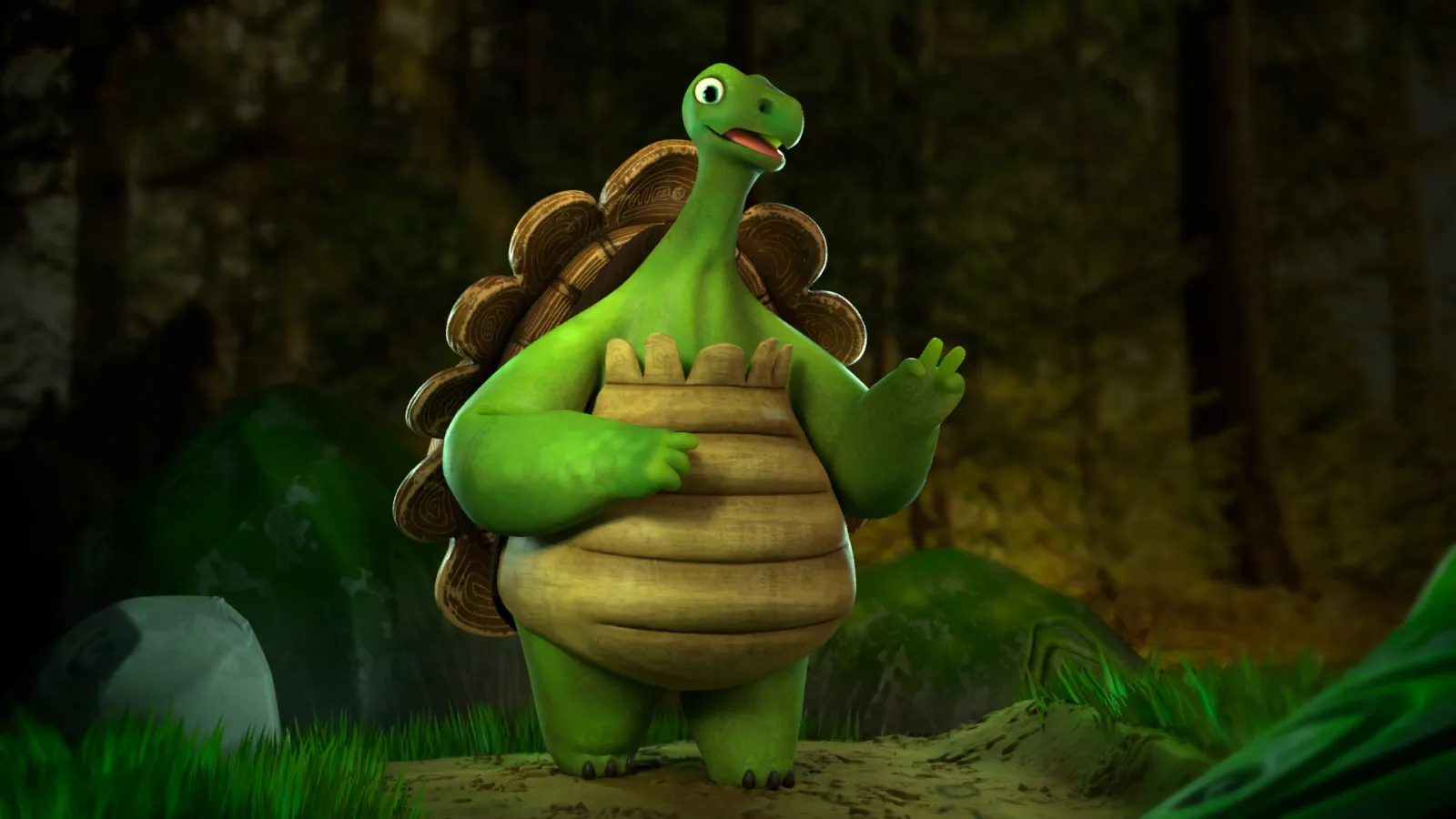
10. Editing ![]()
![]()
To finish, since the work is done by “shots”, they need to be joined together to form the complete short film, using video editing programs like After Effects and Premiere.

Q&A
What would you highlight about your experience at DigiPen?
“The academic projects at DigiPen are what stand out the most, as they not only allow students to learn rapidly alongside industry professionals but also serve as a showcase for your work to the world. I believe that the opportunity to showcase my work at festivals is a unique chance and a stepping stone for a career in the industry.”
What advice would you give to new DigiPen students?
“Believe in your project, take full advantage of the learning opportunities, and work with a clear objective. Following this philosophy, what began as a small idea at DigiPen has helped me take my first steps in the real-world 3D film industry.”
